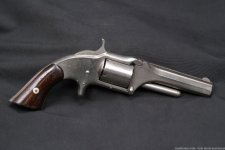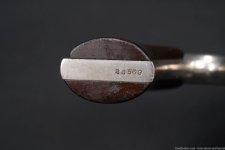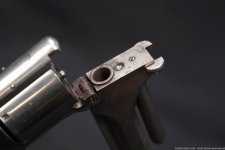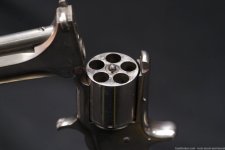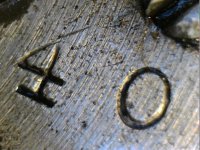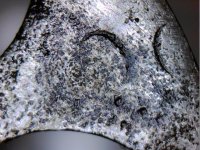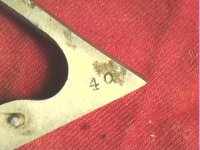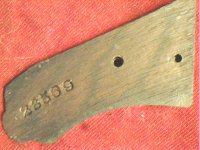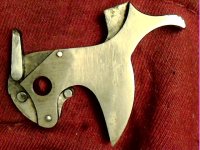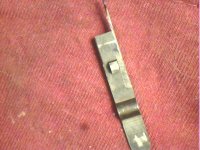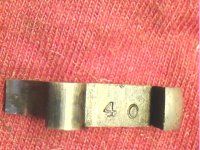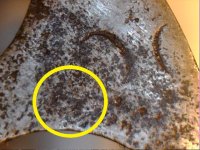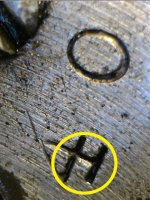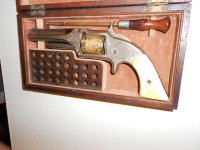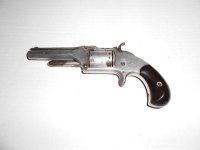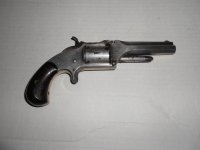- Joined
- Dec 1, 2022
- Messages
- 847
- Reaction score
- 1,370
Hi There,
Forgive the corny title of this thread.
I have a 1-1/2 first model in nickel that appears to be all original
but the assembly/fitting code on the cylinder is difficult to read.
I think it is due to a combination of a weak strike and corrosion
that obscure the details from being readable.
Look at the pics and tell me what you-all think.
Cheers!
Webb
Forgive the corny title of this thread.
I have a 1-1/2 first model in nickel that appears to be all original
but the assembly/fitting code on the cylinder is difficult to read.
I think it is due to a combination of a weak strike and corrosion
that obscure the details from being readable.
Look at the pics and tell me what you-all think.
Cheers!
Webb

